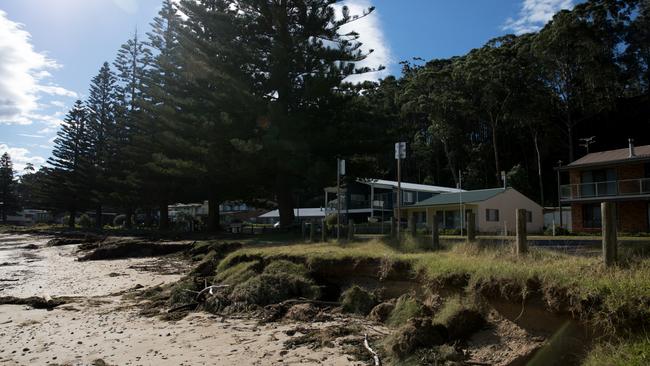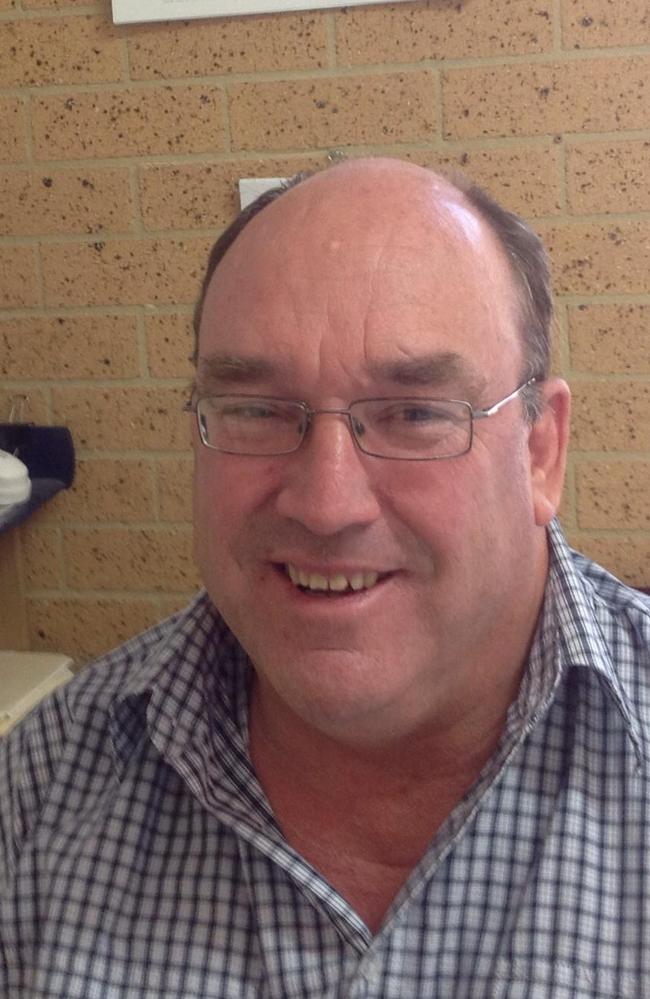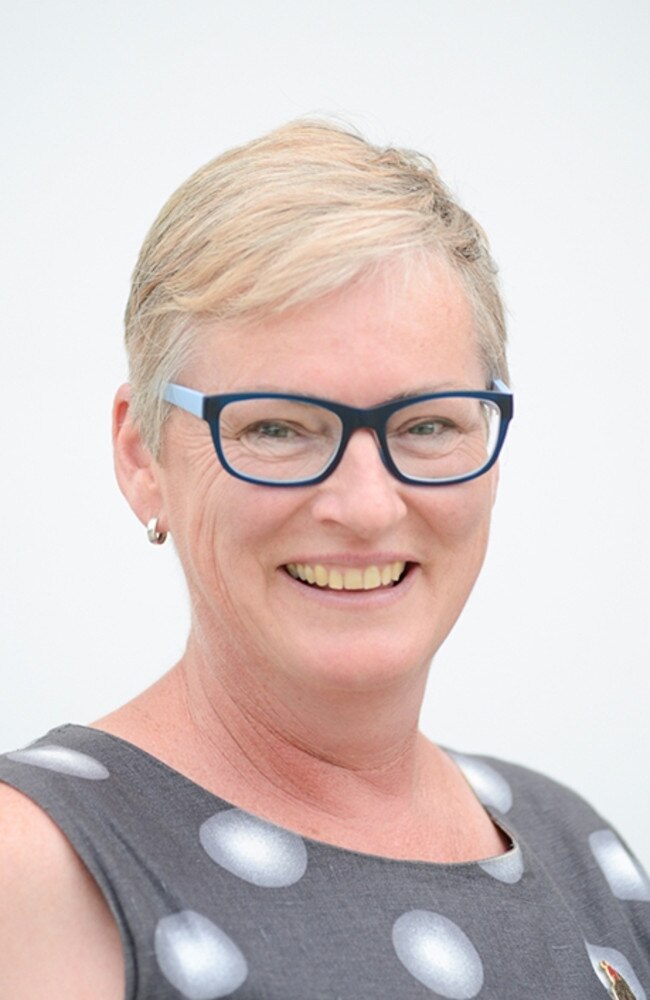Thousands on South Coast to cop rate rises as councils battle growing deficits
Thousands of residents across the South Coast can expect a rates rise in the near future, with one local government proposing a hike of as much as 35 per cent. Find out what the rate hikes mean for you.
The South Coast News
Don't miss out on the headlines from The South Coast News. Followed categories will be added to My News.
More than 80 councils across NSW have submitted plans to raise their rates this year amid rising inflation and global uncertainty following the war in Ukraine, including three South Coast councils: Bega Valley Shire, the Eurobodalla, and Shoalhaven City.
The state’s independent Pricing and Regulatory Tribunal (IPART) approved applications by the NSW councils to increase their rates above the level of the annual rate peg on June 20, with some councils having already implemented changes.
For ratepayers, the proposed hike comes at a difficult time, with the cost of living on the rise, while for large swathes of the South Coast, infrastructure remains in ruins after the storm events of the past months. Many were angry at the proposed hikes.
Amelia Snider wasn’t happy that the Shoalhaven City Council was moving forward with plans for a more than four per cent rate rise.
“We’re all living on a shoestring budget with the cost of living shooting up and wages stagnant,” she said.
“Wouldn’t it be nice if we all got a pay rise every time we decided we need one.”

For fellow Shoalhaven resident David Borg, it was roads that were a major sticking point.
“The only thing we are getting at the moment for the huge rates we pay is a reliable garbage service,” he said.
“There is daily damage to vehicles on our roads due to the massive holes that can’t be avoided by all vehicles that use the road. Funding has been supplied by the area declared a natural disaster. Stop using the excuse of roads to rip us off more.
“The council should stop mismanaging ratepayers’ money and be accountable for where they waste it. The council is pushing away tourists bringing money into the area as they don’t want to drive on our roads.”
In Bega, residents were even more fed up by proposals by the council there for a future rates increase of as much as 35 per cent.
Responding to a video put out by Mayor Russell Fitzpatrick, resident Jess Ford expressed her frustrations at the increase.
“The casual way you speak of dropping an extra $400 plus a year on residents is beyond tone deaf,” she said.
“People simply do not have the money.
“That is almost the entirety of the pensioner rebate and it will chew through basically the entire age pensioner increase that was sent out to help with inflation.”
Further up the coast, less significant rates increases had already taken effect.

Eurobodalla
In the Eurobodalla, the General Rates and Environmental Levy had already been increased by 2 per cent for the 2021-22 period.
The change, which was already approved by the IPART, will mean that the standard water base charge will increase from $340 to $350 per annum, while the cost of water per kilolitre will increase from $3.75 to $3.80.
For the ratepayer, the rate hike will mean a roughly $9 per annum increase based on an average yearly water usage of 180 kilolitres, according to water usage records from the Australian Bureau of Statistics for 2021.
The cost of kerbside waste collection also rose to $318.85 per annum, with sewerage fees rising to $1010.
Bega Valley Shire
On the Far South Coast, Mayor Russell Fitzpatrick has backed the Bega Valley Shire Council’s plans for a 2.5 per cent rate rise, but has signalled plans for a further hike of a whopping 35 per cent the following year under the 2023-2032 Long Term Financial Plan.
At its ordinary session on May 4, the council moved to place the plan on public exhibition, acknowledging the immediate and significant need the council had to generate additional revenue to cover increasing costs and ongoing asset management needs.
According to Mr Fitzpatrick, the council is projecting a $6.6 million deficit across its consolidated funds in the 2022-23 financial year.
“This ongoing deficit position is not sustainable,” Mr Fitzpatrick said.
“We have reviewed all proposed expenditure carefully and removed costs that are not aligned with our short-term priorities.
“More than 220 operational plan actions have been identified to support our community and an $81 million capital works program planned, including $45 million of this funded from grants, to improve our community assets.
“However, unless our financial position significantly improves over the longer term, the value of our cash and investments will continue to decline, services will continue to be reduced and assets will not be renewed in the time frames the community expects.”

Mr Russell said the shire is one of the largest local government areas in coastal NSW based on land mass and has more assets per capita than most other local government areas.
“With a small population, the revenue we raise through rates and charges is not enough to cover the costs of our operations,” he said.
“We are about to start a very frank and honest conversation with the community about what this means. As the community can see in the Long Term Financial Plan, this will likely involve a special variation to increase our rates revenue in the future.”
Mr Fitzpatrick said the planned rates rise will be applied to residential rates, including the base rate and the adjustment rate which is based on the land evaluation of the property – but not the approved value – not water, sewerage, or waster collection.
“Those two figures together are what we talk about when we have a rates increase, not the total bill,” he said.
“In my case, my rates are $1261 on those two on the general rates. So, my rates will go up to $1681, an increase of $420 over the full year.”
The Long Term Financial Plan has not yet returned to council where will be voted on.
A rate increase of 2.5 per cent for the 2021-22 financial year has been approved by the IPART.

Shoalhaven City Council
Facing widespread road and infrastructure damage resulting from the March 2022 floods, the Shoalhaven City Council is currently pursuing a rate increase of 4.53 per cent, a 1.7 per cent rise from the special variation rate of 2.83 per cent already approved by the IPART.
“Shoalhaven City Council was severely impacted by the recent East Coast Low weather pattern, which has brought unprecedented rainfall across all coastal areas of NSW making the civil infrastructure damage for this natural disaster exceeding $50M which is larger than that of the Currowan fire in 2019-20,” according to council documents.
The rates increase, outlined in the Draft Delivery Program-Operational Plan (DPOP) and 2022-23 Budget, was available for public exhibition until June 10. It will return to the council where it will need to receive a majority of votes before being implemented.
Shoalhaven City Council Mayor, Amanda Findley said the council faces a challenging time ahead as it seeks to maintain community services, particularly with the recent damage to roads caused by the recent rain events.
“The City, and our people, have been through an extended period of challenging times, many are feeling impact fatigue and frustrations are high, Council staff are flat out trying to meet the expectations of the community on those simple but important maintenance jobs,” she said.
“The challenge of rate rises is that there never seems to be a good time, but it just cannot be put off any longer as the City falls further behind in meeting maintenance needs. This situation has been compounded by reduced revenue because of Covid, financial relief provided to the City during the really unknown early days of the pandemic, the impacts of severe weather, and rising costs.”
“It is essential to maintain and improve services for the wider Shoalhaven community, services that are available for people from the cradle to the grave and that we tap into during different periods of our lives.”

According to council documents, as a result of emergency repairs and historic maintenance budget shortfalls the general fund operating expenses are 2.4 per cent above the year to date adopted budget – $197 million actuals vs. $192 million budget – mainly due to:
- an increase in roads maintenance costs $900,000
- tree management costs $735,000
- parks maintenance costs $1.6 million
- public amenity cleaning – $561,000
- legal costs and government levies - $533,000
Ms Findley said getting the City back to where it was prior to the recent turbulence was a priority of all the councillors, and finding ways to meet the expectations of the community was important.
“Councillors have made tough decisions to move some projects back to enable more funds to be available for the tasks at hand,” she said.
“There are a number of projects that have received substantial funding from other levels of government and these projects will contribute to the ongoing prosperity of the City.”
The Shoalhaven City Council elected not to increase its rates by an allowed maximum of 5 per cent in the 2020-21 period owing the impact of Covid on residents, council documents further state. Rates were increased by just 2 per cent.
As such, the proposed increase will comprise of an 1.7 per cent increase, below that which needs IPART approval, as well as a 2.83 per cent increase allowed under Local Government Act 1993. According to the act, the council has 10 years to apply rate changes allowed in 2020-21.


